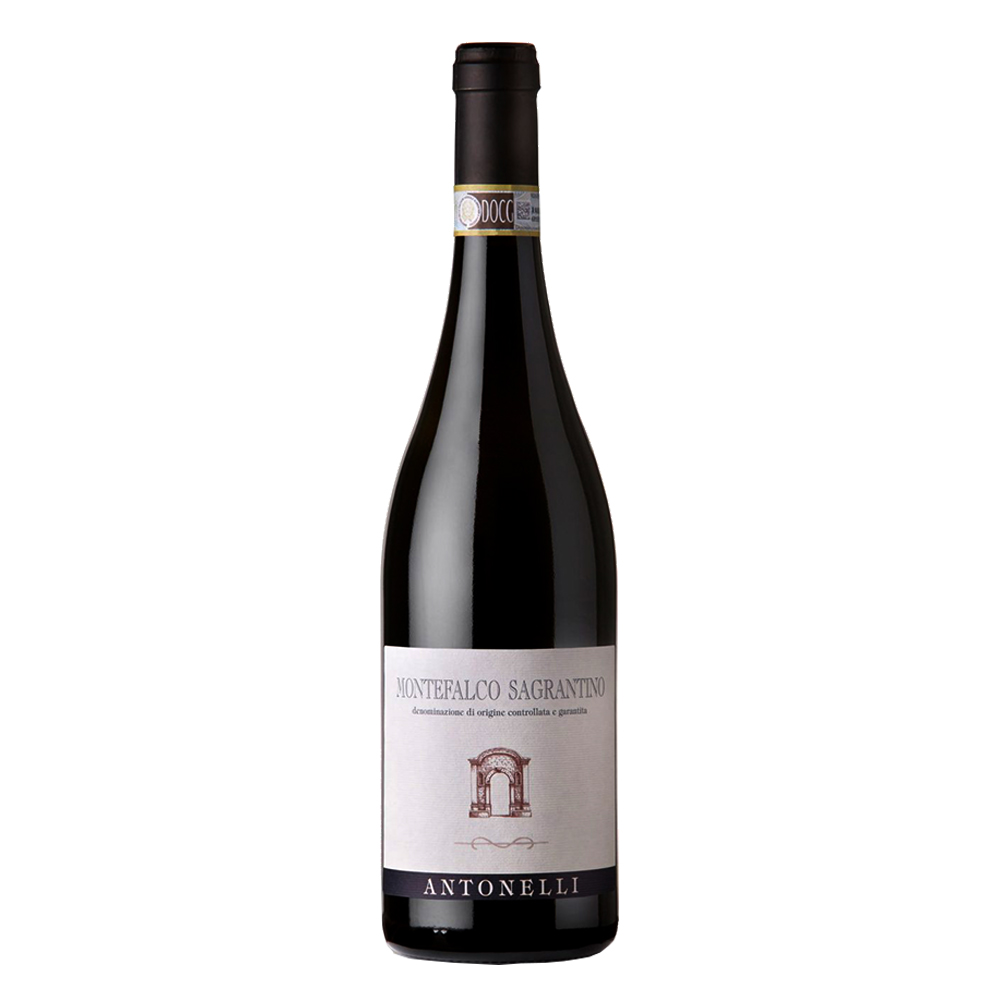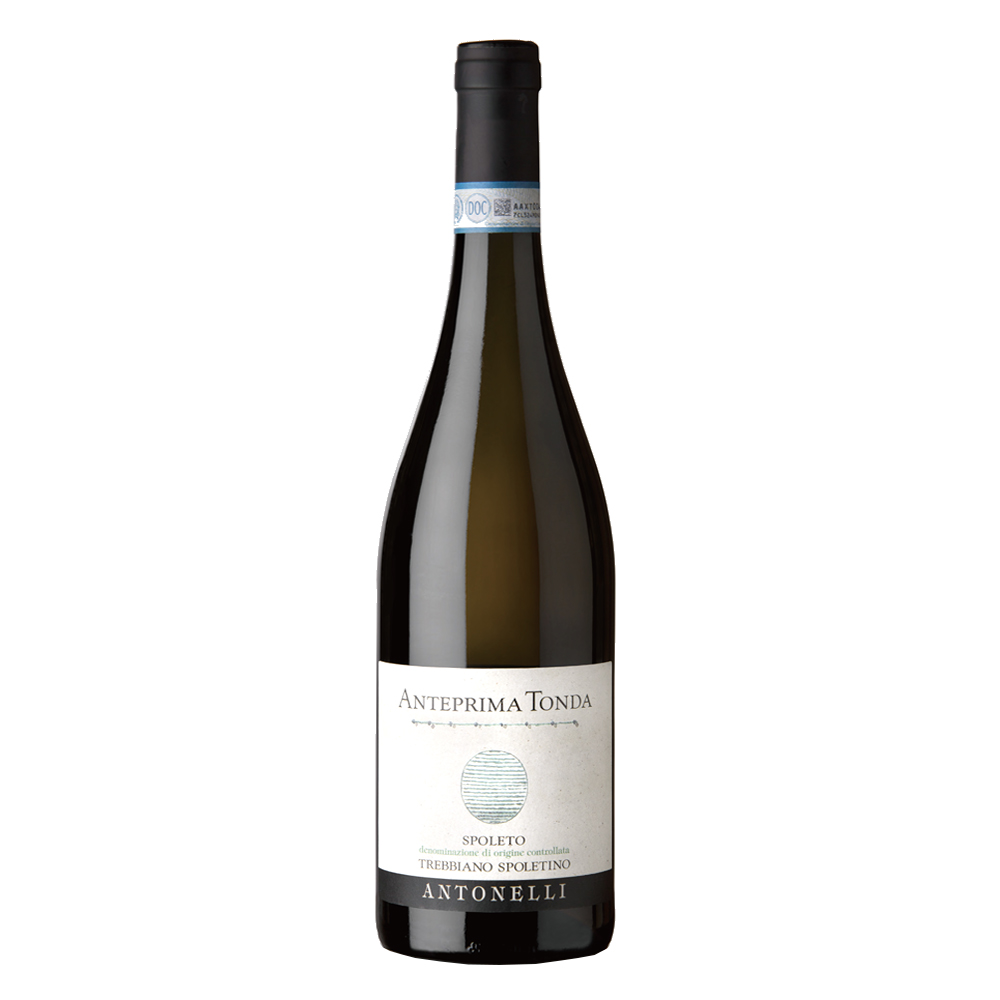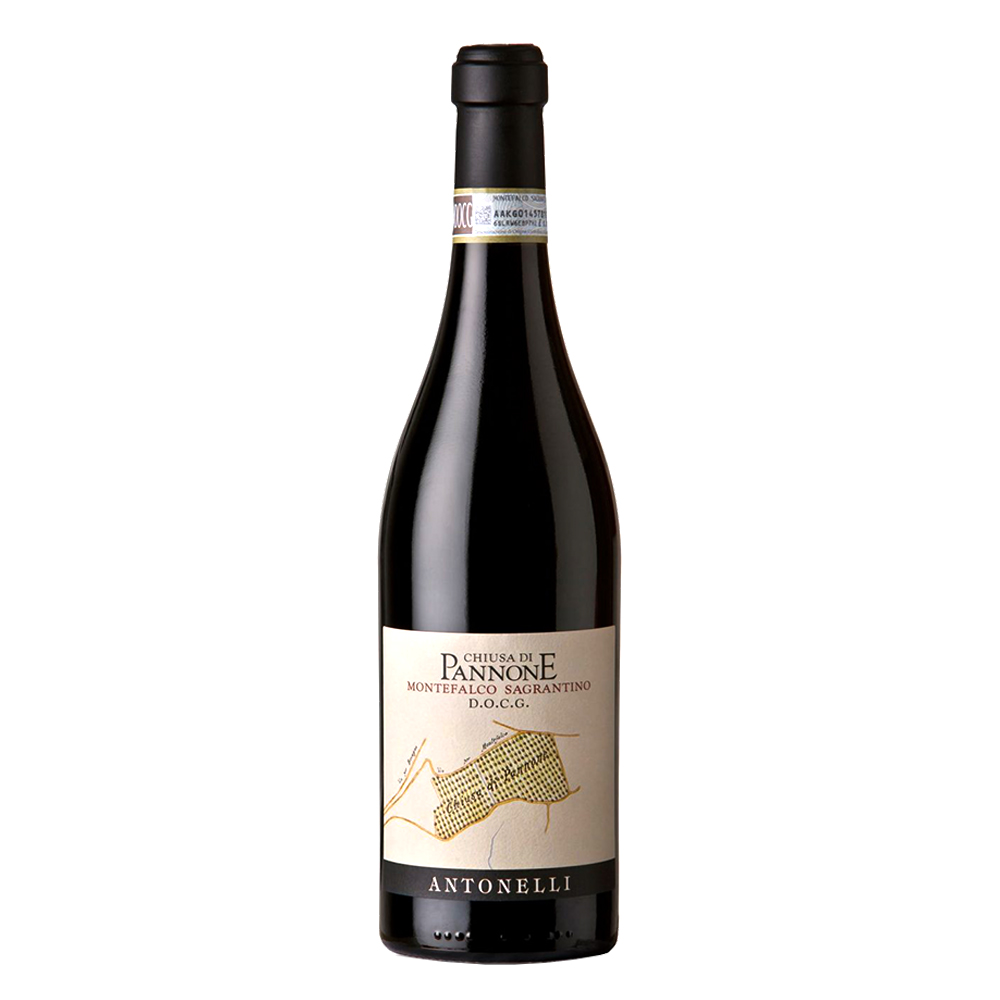

The History
The origins of the estate are lost in history. Some medieval documents mention “San Marco de Corticellis” as a Lombard agricultural court, in one of the areas most suited to the cultivation of vines and olives. From the 13th to the 19th century the estate belonged to the Bishop of Spoleto (the current borders are almost the same as those described in a 13th century document, preserved in the bishop’s archive).
In 1881 Francesco Antonelli, a lawyer from Spoleto, bought the property. A radical work of transformation and modernization of the plants and crops begins: in a report of 1899 there is already talk of vineyards with 5,000 plants per hectare, as well as of the profound transformation of the living conditions of the settlers, “because their sin, the ease and convenience of satisfying domestic needs makes them more suitable and active in their jobs, and affectionates them to the bottom… ». And it is with this philosophy that the company arrived in 1979 to undertake the wine bottling business.
The Vineyards
The vines are planted only in the upper parts of the hilly slopes, at an average altitude of 350 meters above sea level, reserving the valley floor for arable land.
The soils, clayey and rich in limestone, have different geological origins: some are deep, others rich in skeleton, which give the wines intense and varied nuances; austere hills surrounded by woods, with an ideal microclimate for grapes and olives of the highest quality.
The cultivated varieties are exclusively typical of the area. Those with red grapes are mainly Sagrantino and Sangiovese, and finally Montepulciano, while those with white grapes, Grechetto and Trebbiano Spoletino.
The average age of the vineyards is about 15 years. The oldest plants in Sagrantino are 30 years old.




Montefalco and Sagrantino
Sagrantino derives from the Latin sacer : “sacred wine” intended for consumption during the feasts of the Christian tradition. Pliny the Elder, in his Natural History, mentions an Itriola grape typical of the area. Perhaps he was referring to Sagrantino. Nothing is known precisely about the origin of the variety. Sagrantino may not be a local variety but imported from Asia Minor by the followers of San Francesco or the result of the Saracen invasions. There have been writings of vineyards in Coccorone (the ancient name of Montefalco) since 1088. From the first half of the fifteenth century very strict municipal laws regulated the care of the “field planted with vines” and from 1540 onwards also the Sagrantino harvest festival is established with a municipal ordinance.
The first documentary sources found on the Sagrantino in Montefalco date back to the sixteenth century. In 1925 Montefalco, which housed a large wine exhibition, was already defined as the “most important wine center in the region”. The DOC of 1979 and the DOCG of 1992 are the natural recognition of the tradition and quality of the wines of this territory.


The Cellar
At the center of the company, just below the old manor house, is the winery, built underground to limit the environmental impact and to develop vinification by gravity.
Only grapes of its own production, from organic farming, are vinified, so as to offer a product whose characteristics, qualities and potential have been evaluated and controlled at every stage.
The vinification and the subsequent racking take place by gravity, that is without the use of pumps that would damage the integrity of the skins, a particularly important qualitative device for the Sagrantino grapes due to their polyphenolic richness, especially in tannins.
The exclusively manual harvest, which is followed by the use of a small destemmer machine that we position right above the fermenter, allows us an optimal control of the state of the grapes, of the right pressure to detach the grapes without affecting the pips, and therefore of a fermentation that takes place in full control.
Even the barrel room and the room for aging in the bottle were built below the ground level to have an almost constant temperature. The barrels are exclusively large. The style of the company has always focused on wines with a traditional and elegant vocation, for this reason the smallest carats we use are 500-liter French oak tonneaux, flanked by mainly Austrian-made barrels of 25, 29 and 45 hl.
From the vine to the bottle, a process of research and continuous improvement is carried out, according to the style of the company, aimed at typicality and balance, drinkability and elegance, rather than power, with delicate extractions and a moderate use of wood . Wines produced with this style, especially Sagrantino, are not immediate wines; they benefit from prolonged refinements in the bottle, they have interesting evolutions in the long term.




The wines of Cantina Antonelli
Our cellar has always been characterized by respecting the most typical vines of our production area. First of all Sagrantino , a native grape of Montefalco, on which we are working carefully zoning, to best enhance the subtle perspectives determined by the vintages and the positions of the vineyards. Not only with the two crus ” Chiusa di Pannone ” and ” Molino dell’Attone “, obtained with grapes from two very different vineyards in terms of exposure and terrain, but also with the classic Montefalco Sagrantino docg , for which we carefully choose year after year the best plots of our vineyards.
We are doing a similar job with Trebbiano Spoletino. This vine has in fact disappeared for years, but only partially forgotten until its recent rediscovery, which finally gave our production area the possibility of producing white wines with a long and interesting perspective, in addition to the already known reds. Variety versatile and surprising for the results it returns in relation to different winemaking techniques for aging. With the ” Round Preview “, based on 100% Trebbiano Spoletino, we tested for the first time amphorae, both in ceramic and terracotta.
Sangiovese and others typical of central Italy, important for the blend of Montefalco Rosso doc of the Riserva version, and Grechetto for whites complete the set of red grape varieties.







